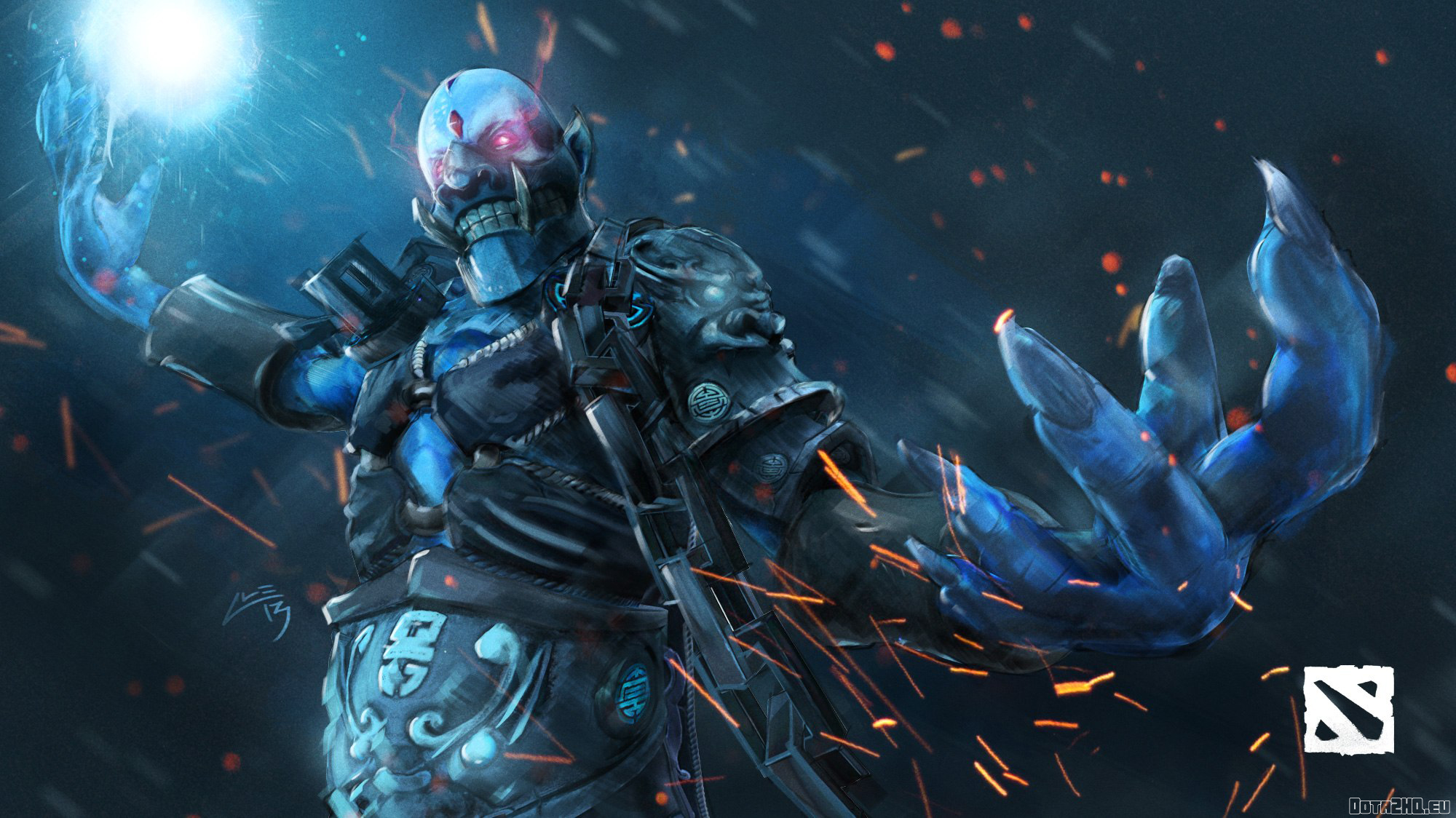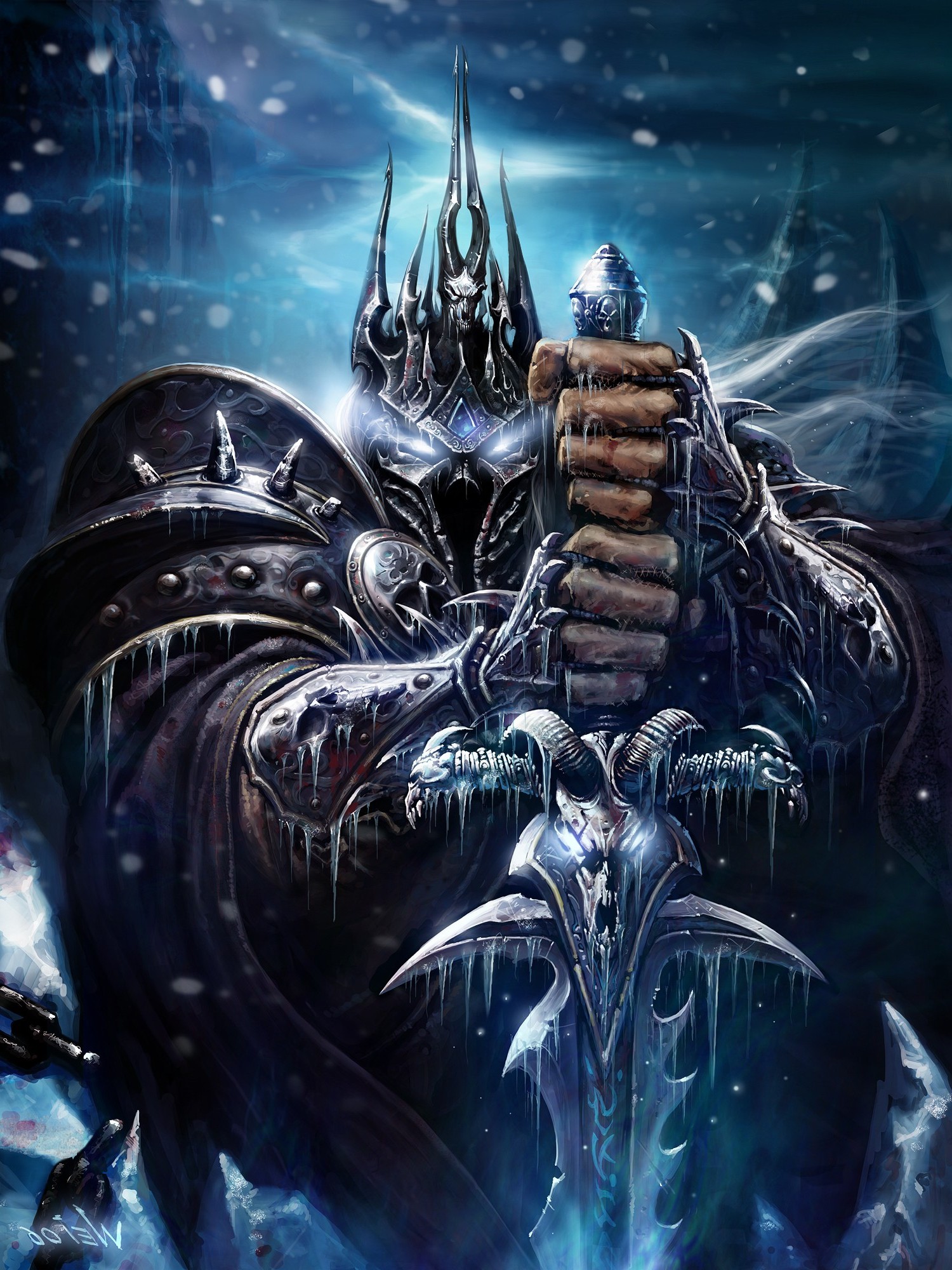
The primary antagonist of Heroes of Might and Magic III: Restoration of Erathia is also a lich: the former king of Erathia raised by necromancers.

One of the most prolific liches in New World Computing's old continuity was Sandro, appearing in many titles and referenced in many more.
#Space lich omega 2 lich series
They are equally prevalent in the spin-off series Heroes of Might and Magic, where they appear in most installments as recruitable creatures, but also as heroes.
Liches are prominent in the Might and Magic series of video games, appearing primarily as enemies, but also as playable characters in several installments. In the video game Enter the Gungeon, a lich is the final boss located in Bullet Hell. In the game Dota 2, Lich is one of the playable heroes. Liches also appear in other fantasy settings that draw upon D&D for inspiration, such as:. In the Dungeons & Dragons game, a lich is a spellcaster who seeks to defy death by magical means. He describes himself as an ancient, cosmic being who is the manifestation of the inevitable death of all things. In the Adventure Time television series, the main antagonist is an evil, powerful undead being known simply as "The Lich". In the Harry Potter series, the main antagonist Voldemort commands armies of undead inferi and uses magical devices called horcruxes to store fragments of his soul in order to allow him to resurrect himself in the event that his body dies.  In the webcomic The Order of the Stick, the main villain Xykon is a lich. Acererak is the final boss of the classic Dungeons and Dragons adventure module Tomb of Horrors Acererak was also featured as the guardian of the Copper Key in the book Ready Player One by Ernest Cline. Other imagery surrounding demiliches, in particular that of a jeweled skull, is drawn from the early Fritz Leiber story "Thieves' House". Lovecraft also used the word in " The Thing on the Doorstep" (published 1937) where the narrator refers to the corpse of his friend possessed by a sorcerer. Ambrose Bierce's tale of possession " The Death of Halpin Frayser" features the word in its introduction, referring to a corpse. The term lich, used as an archaic word for corpse (or body), is commonly used in these stories. Gary Gygax, one of the co-creators of Dungeons & Dragons, stated that he based the description of a lich included in the game on the short story "The Sword of the Sorcerer" (1969) by Gardner Fox. Howard, such as the novella Skull-Face (1929) and the short story "Scarlet Tears", feature undying sorcerers who retain a semblance of life through mystical means, their bodies reduced to shriveled husks with which they manage to maintain inhuman mobility and active thought. Many of Clark Ashton Smith's short stories feature powerful wizards whose magic enables them to return from the dead. The lich developed from monsters found in earlier classic sword and sorcery fiction, which is filled with powerful sorcerers who use their magic to triumph over death. Liches are sometimes depicted using a magical device called a phylactery to anchor their souls to the physical world so that if their body is destroyed they can rise again over and over, as long as the phylactery remains intact. This gate was quite often covered by a small roof where part of the funerary service could be carried out. Lich is an archaic English word for "corpse" the gate at the lowest end of the cemetery where the coffin and funerary procession usually entered was commonly referred to as the lich gate. Liches are often depicted as holding power over lesser undead soldiers and servants. Unlike zombies, which are often depicted as mindless, liches are sapient, retaining their previous intelligence and magical abilities.
In the webcomic The Order of the Stick, the main villain Xykon is a lich. Acererak is the final boss of the classic Dungeons and Dragons adventure module Tomb of Horrors Acererak was also featured as the guardian of the Copper Key in the book Ready Player One by Ernest Cline. Other imagery surrounding demiliches, in particular that of a jeweled skull, is drawn from the early Fritz Leiber story "Thieves' House". Lovecraft also used the word in " The Thing on the Doorstep" (published 1937) where the narrator refers to the corpse of his friend possessed by a sorcerer. Ambrose Bierce's tale of possession " The Death of Halpin Frayser" features the word in its introduction, referring to a corpse. The term lich, used as an archaic word for corpse (or body), is commonly used in these stories. Gary Gygax, one of the co-creators of Dungeons & Dragons, stated that he based the description of a lich included in the game on the short story "The Sword of the Sorcerer" (1969) by Gardner Fox. Howard, such as the novella Skull-Face (1929) and the short story "Scarlet Tears", feature undying sorcerers who retain a semblance of life through mystical means, their bodies reduced to shriveled husks with which they manage to maintain inhuman mobility and active thought. Many of Clark Ashton Smith's short stories feature powerful wizards whose magic enables them to return from the dead. The lich developed from monsters found in earlier classic sword and sorcery fiction, which is filled with powerful sorcerers who use their magic to triumph over death. Liches are sometimes depicted using a magical device called a phylactery to anchor their souls to the physical world so that if their body is destroyed they can rise again over and over, as long as the phylactery remains intact. This gate was quite often covered by a small roof where part of the funerary service could be carried out. Lich is an archaic English word for "corpse" the gate at the lowest end of the cemetery where the coffin and funerary procession usually entered was commonly referred to as the lich gate. Liches are often depicted as holding power over lesser undead soldiers and servants. Unlike zombies, which are often depicted as mindless, liches are sapient, retaining their previous intelligence and magical abilities. 
Often such a creature is the result of a willful transformation, as a powerful wizard skilled in necromancy who seeks eternal life uses rare substances in a magical ritual to become undead. The more recent use of the term lich for a specific type of undead creature originates from the 1976 Dungeons & Dragons role-playing game booklet Greyhawk, written by Gary Gygax and Rob Kuntz. Various works of fantasy fiction, such as Clark Ashton Smith's " The Empire of the Necromancers" ( 1932), had used lich as a general term for any corpse, animated or inanimate, before the term's specific use in fantasy role-playing games.

In fantasy fiction, a lich ( / ˈ l ɪ tʃ/ from the Old English līċ, meaning "corpse") is a type of undead creature. A lich from the game The Battle for Wesnoth








 0 kommentar(er)
0 kommentar(er)
